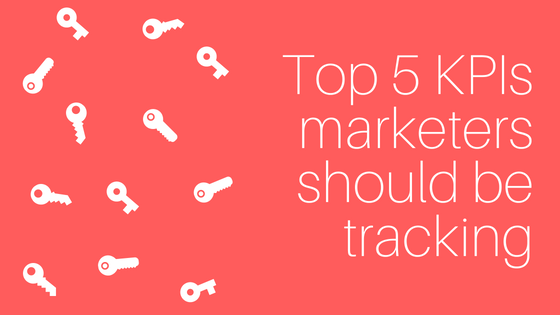Key performance indicators (KPI) for marketing tells you how well you’re doing in relation to your overall marketing and business goals. Marketers use KPIs to understand what is selling, who’s buying, how they’re buying, and why they’re purchasing. They give you enough insight to make better decisions to prove and improve the ROI of your … Read more
Month: July 2018
How to optimize voice search SEO In the fast-changing world of search marketing, technology search engines have drastically improved its interpretation and serve results activated via voice and it’s becoming an important piece of a search marketing strategy. According to SEO Tribunal, it’s predicted by 2020 50% of all searched will be voice searches. So as … Read more
Watch Spectruss New Office Tour CHATTANOOGA, TN – July 18th, 2018– Spectruss, a creative agency based out to Chattanooga, TN, is pleased to announce its new office location to a larger, more convenient space to accommodate continued business growth. View the new office tour below. The 3800 Saint Elmo Ave location, will continue to … Read more
Using the 5 W’s to provide memorable experiences for shoppers Global e-commerce sales are expected to eclipse $2.8 trillion. While this statistic confirms online shopping is on the rise worldwide, this growth is dependent upon a new finding from a recent Episerver report: Reimaging Commerce: Global Findings. Only 17% of people say shopping is their … Read more
A Chattanooga-based marketing agency expands in-house services for clients Chattanooga, TN – July 9th, 2018– Spectruss, a marketing agency based in the Chattanooga, TN area, is thrilled to introduce Nick Friend as the Director of Photo and Video Production for the agency’s growing client list. This new addition will expand Spectruss’s wide variety of … Read more




